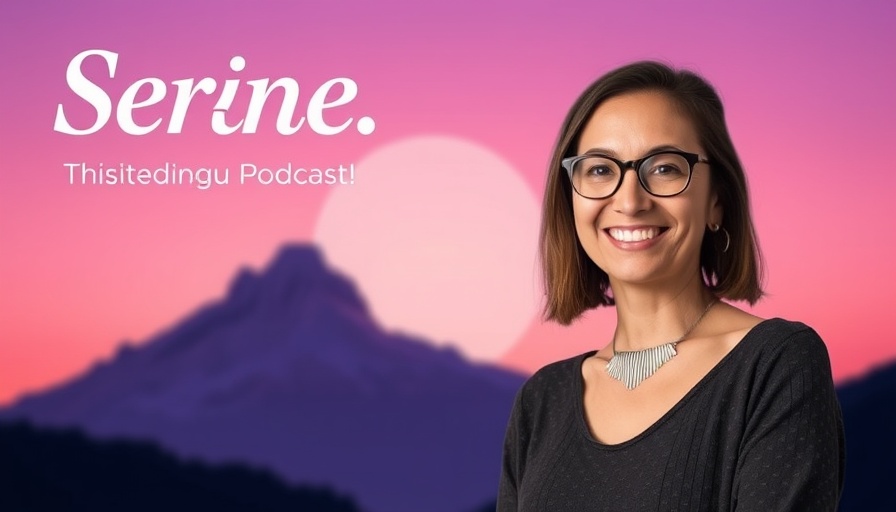
Discovering the Power of Interbeing Meditation
In a world that often feels divided and confrontational, finding pathways to connection and understanding is more crucial than ever. Enter interbeing meditation—a transformative practice rooted in the profound interconnectedness of our existence. Coined by the esteemed Zen master Thich Nhat Hanh, 'interbeing' defines our inherent connection to one another and to all living beings.
Why Interbeing Matters in Our Daily Lives
As professionals, parents, and members of our communities, we frequently engage in challenging conversations, whether with colleagues at work or loved ones at home. Interbeing meditation offers us a tool to not only navigate these dialogues but to enrich them. By acknowledging that our needs are intertwined, we cultivate a spirit of compassion that fosters cooperation—an essential ingredient for harmony.
A Closer Look at the Interbeing Meditation Practice
Dr. Shalini Bahl's guided meditation highlights the simple yet profound practice of recognizing our interdependence. As you settle into a comfortable space, the meditation begins with breath awareness, anchoring you in the present moment. Visualizations of nature—the sky, clouds, and nourishing rain—help ground this experience, allowing practitioners to feel a deep connection to the natural world.
Envision trees absorbing water from the rain; this image creates a mental framework to understand how interconnected life is. Just as these trees rely on each other and their environment, so do we. Each breath we take is a reminder of this network of support, extending to every living creature and the planet itself.
Empathy at the Heart of Interbeing
Bringing to mind someone you wish to connect with—perhaps a colleague involved in a critical project or a family member with whom there has been tension—allows for a transformative perspective shift. The meditation encourages you to engage with your breath while contemplating the needs and feelings of the other person, cultivating a compassionate approach to the interaction.
Future Trends: Compassion in Conflict Resolution
As our society increasingly grapples with polarization, the principles of interbeing may offer a beacon of hope. Envision workplaces fostering a culture of understanding rooted in interbeing practices, creating stronger teams and healthier communication. Community leaders and educators can harness these ideas to guide conversations that bridge divides, reinforcing the notion that we are more alike than we are different.
Practical Insights for Everyday Application
To incorporate interbeing meditation into daily life, start small. Dedicate a few minutes each day to reflect on your connections—acknowledge how your well-being is linked to others. Engage with a mindfulness group or practice interbeing with a friend. Share your insights and experiences to deepen your understanding of this interconnectedness.
Whether you're at work, with family, or among peers, use interbeing as a lens through which to view your interactions. Each mindful conversation can serve as a step towards building a more compassionate society.
Feeling the Impact of Interbeing Meditation
Reflecting on your personal growth while embracing interbeing can evoke powerful emotions. It's more than just a meditation technique—it's a philosophy that reshapes how we relate to ourselves and each other. By feeling empowered to approach interactions with empathy and understanding, you contribute to a ripple effect of compassion.
Take Action: Experience Interbeing Yourself
Ready to explore this enriching practice? Begin your journey toward connection and understanding today by finding a quiet space, grounding yourself in the present, and engaging in an interbeing meditation. Transform your everyday interactions into opportunities for unity and compassion. Remember, by recognizing our shared existence, we pave the way for a more harmonious world.
 Add Row
Add Row  Add
Add 




Write A Comment